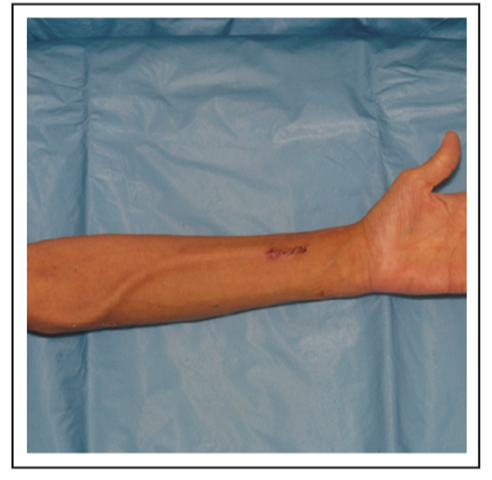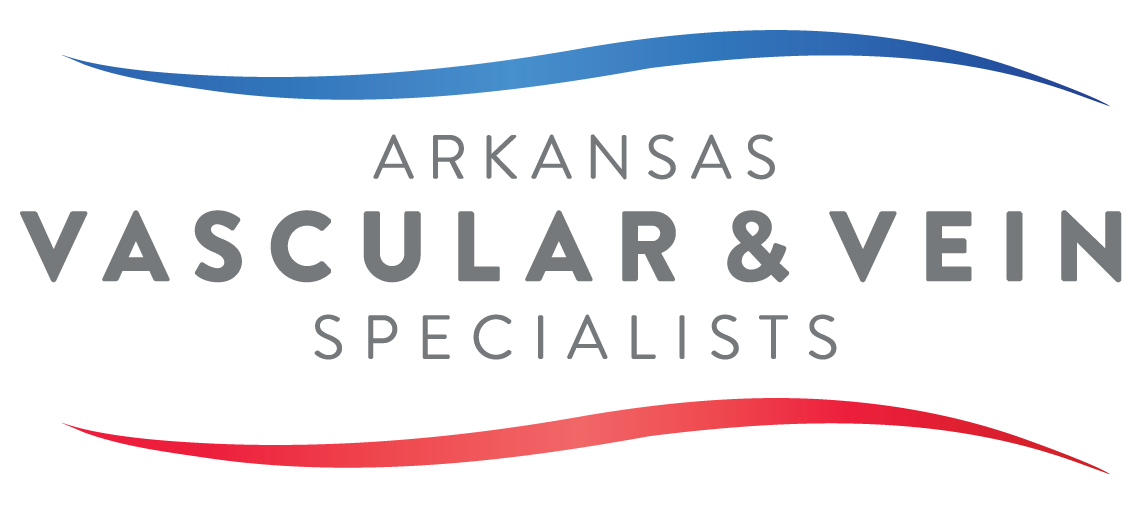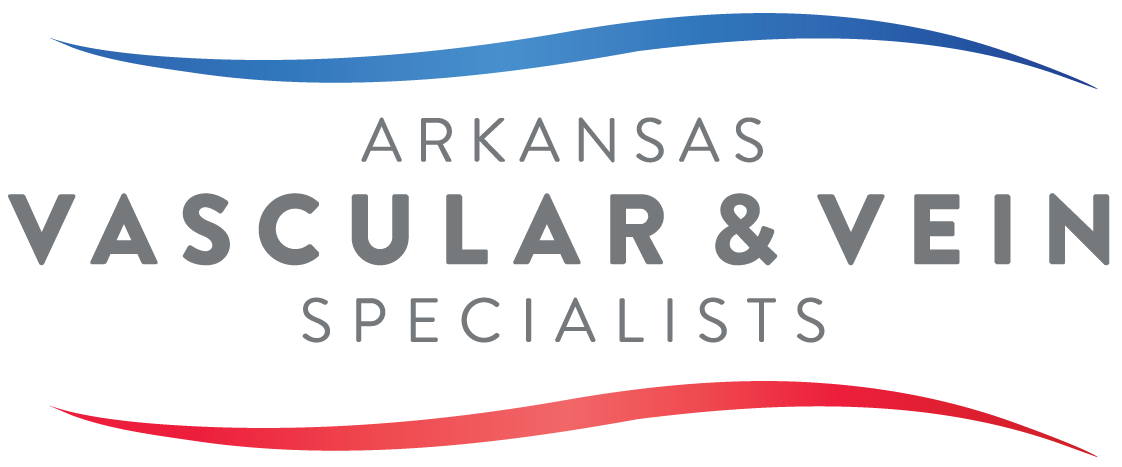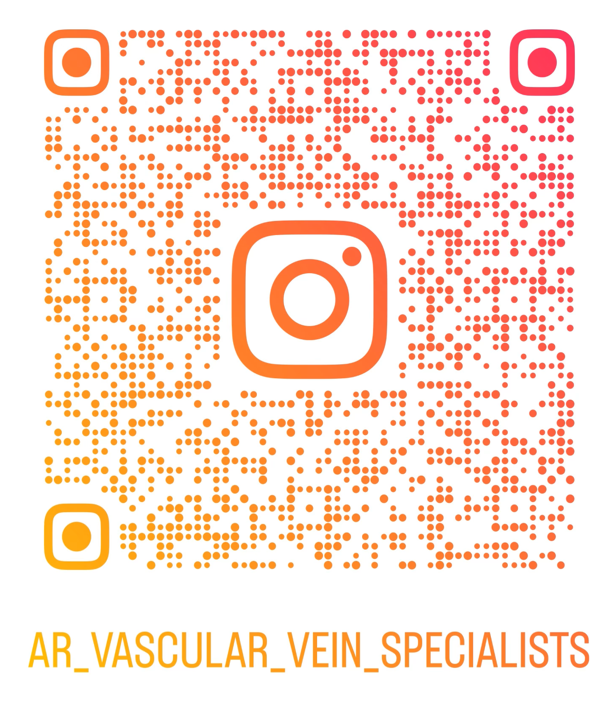Dialysis Access
What are different types of dialysis access?
- There are several types. Some of the most common are:
- Arteriovenous fistula: the most preferred type, a vein is directly connected to an artery.
- Arteriovenous graft: the connection between a vein and an artery is made with a prosthetic.
- Tunneled dialysis catheter: a temporary access, catheter is placed in one of the large veins in your neck or groin.
How do I know I need a dialysis access?
- First, you need to be evaluated by your PCP or nephrologist who will determine if your kidneys are failing and then anticipate that you will need dialysis.
- You will get a referral to see a vascular surgeon who will create a dialysis access for you.
What’s a dialysis access?
A surgical creation of a pathway for blood to flow in and out of the patient’s body during dialysis treatment. Dialysis is a process of filtration and purification of the blood of patients with kidney failure.
Dialysis typically requires 3 times per week through a dialysis access.



